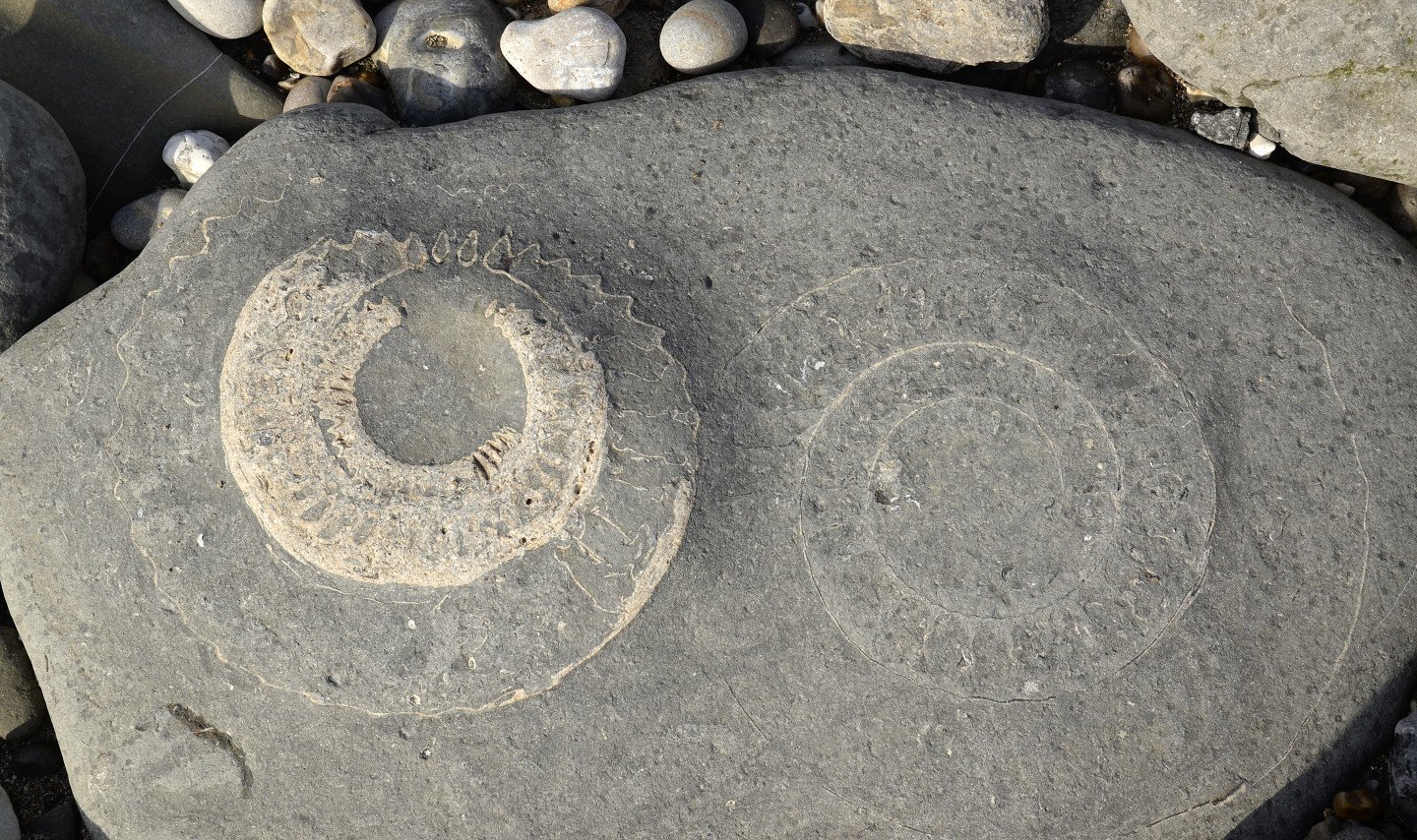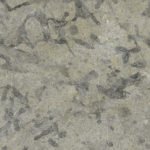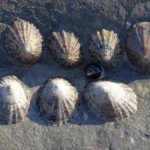Treasure hunt on the beach
If you have some time to visit Lyme Regis, Charmouth or Seatown beaches in the summer holidays, why not do this treasure hunt and see what you can find? If you’ve got children with you, perhaps you can buy them an ice-cream as a reward when they’ve finished? We have some suggestions for local ice-cream here! Before you go, check the tides and make sure you will be able to get back safely.
We’ve made a printable sheet to download if you want to tick things off as you go.
Fossils:
See if you can find at least three kinds – best to visit Charmouth or Lyme, or go west from Seatown towards Golden Cap for these. On this part of the Jurassic Coast, you should be able to find some easily. You might find:
- Ammonites: coiled shells varying from very tiny to the size of a car tyre
- Devil’s toenails: slices through oyster shell that look like nail clippings
- Belemnites – not bullets, but the internal shell of a creature like a squid
- Wood – the remains of ancient trees and plants
- Trace fossils – burrows of worms in soft mud – all shapes and patterns, but look for darker lines and patches in the rock
- ammonite
- Devil’s toenails
- belemnite
- fossil wood
- trace fossils
You might find other kinds of shells, and tiny white stars which are crinoid (sea lily) stems if you look really hard.
Minerals:
Not so many kinds to find, but you should be able to see these two:
- Fool’s gold. This isn’t gold at all, but iron pyrites. Look for sparkling golden crystals in veins or replacing fossils, or rusty nuggets on the beach, especially between Charmouth and Lyme
- Calcite: white or sometimes yellow or greenish toothed crystals or veins in the rock – some look like lightning!
- calcite veins
- fool’s gold veins
Sea creatures:
See if you can find several of these different kinds – shells, live animals, and traces on the rocks. You might see:
- Almost-translucent shrimps scooting about in rock pools, or tiny fish
- Crabs or crab shells – you might even find some tiny hermit crabs living in seashells
- Sea anemones hiding under rocky ledges
- Top shells – with pink chequered patterns and often a mother-of-pearl sheen
- Periwinkles – with dark brown or black striped shells
- Limpets clinging to the rocks; you might see some circular grooves where one used to live
- Burrows of piddocks – smooth round holes 10-15mm across on soft rock. The shells look like angel wings
- Burrows of boring sponges – no, not that sort of boring! Tiny holes in the rocks often re-used as homes by tiny barnacles
- shrimps
- tiny crab
- sea anemone
- topshells
- periwinkles
- limpets
- piddock burrows
- barnacles and sponge burrows
Sea birds:
Lots to look for. The most common are:
- Cormorants, often standing on rocks drying their wings in the sunshine, or diving for fish
- Gulls – mostly the common kind, but there are a few black-backed and black-headed ones about too
- common gull
- cormorant
On quieter beaches, you may see a heron fishing, oystercatchers, sandpipers and turnstones, crows and swallows.
Seaweeds
The rock pools here are full of lots of different seaweeds. See if you can find at least 4 different kinds. For example:
- Pink paint weed – like splashes on the rocks
- Sea lettuce: bright green papery fronds
- Wrack: green or brown flat fronds, branched
- Gut weed – long green streamers
- Kelp or furbelows: big strong hand-like blades on a strong rubbery stalk
- Wireweed – orange feathery fronds with little nodules, often very long
Remember that the beach and rock pools are homes to all the things that live there, so please put everything back where you found it, and tread carefully! And if you find any plastic on the beach, please do a 2-minute beachclean and put it in one of the rubbish bins – we all need to do our bit to keep our beaches lovely and safe for everyone!





















